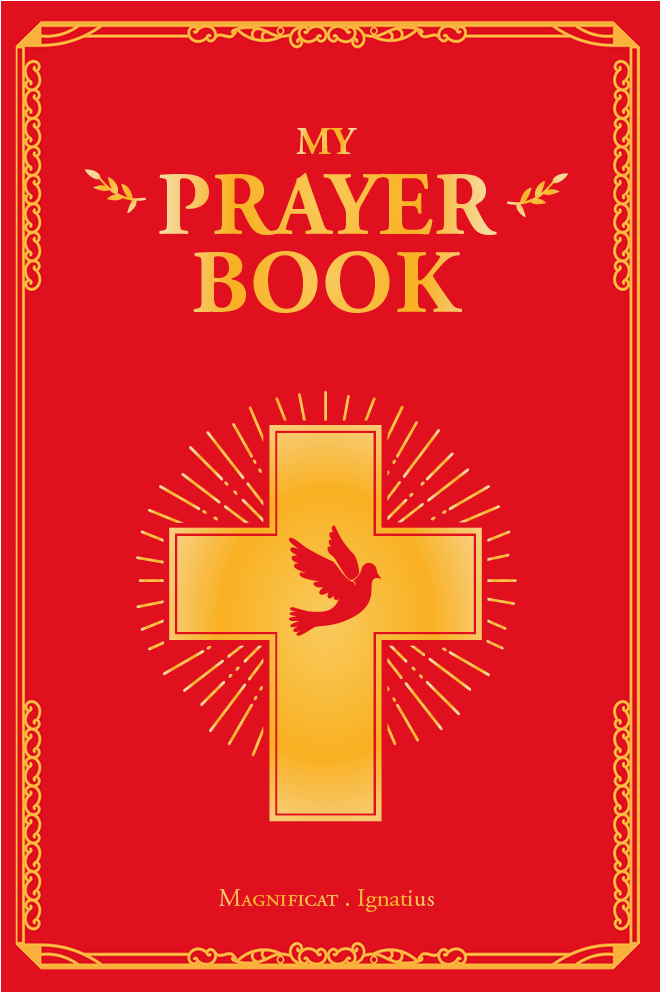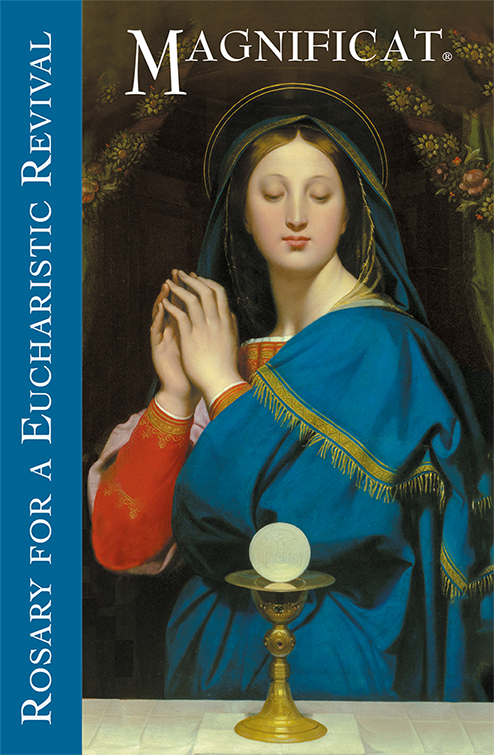Jesus performed miracles to show compassion for the sick, to illustrate the arrival of God’s Kingdom, to manifest his glory, and to call people to faith.
The miracle stories in the Gospels of Matthew, Mark, and Luke portray a Jesus who faces a tide of human suffering and need. People crowd around him and cry out, “Heal my eyes for I cannot see. Heal my ears for I cannot hear. Heal my legs for I cannot walk.” Jesus heard their cry for help.
Active compassion
Jesus did more than preach compassion; he acted it out in his miracles of healing and exorcism—even raising people from the dead. He came to restore a fallen world to God and to set in motion this process by cleansing lepers, giving light to the blind, and relieving the possessed of the torments of the devil.
The New Testament often calls Christ’s miracles “signs and wonders.” They exemplify Christ’s care for the needs of people who are broken by physical, mental, and spiritual sufferings. They point to something deeper than a visible healing. When people brought Jesus the paralytic to be cured, they had to wait while Jesus first forgave the man’s sins. Christ’s greater interest is redemptive healing.
In Matthew’s Gospel, Christ’s miracles also announce in vivid physical terms the signs of the arrival of God’s reign in the world. Jesus came to remove the rule of sin and to replace it with the victory of grace. Sin may have had its day, but grace will abound the more. Christ’s ten miracles in Matthew recall the ten mighty deeds of God the Father for the people of Israel in Egypt (Mt 9–10, cf. Ex 7–11). The Father liberated his people from political slavery. Now the Son will redeem the whole world from moral and spiritual slavery. The Kingdom of God will overcome the reign of evil.
Lordship over creation
The Gospels also contain miracles of mastery over nature. The calming of the storm at sea, Christ walking upon the waters, the multiplication of bread and fish for five thousand hungry people, the wine miracle of Cana are nature miracles that display Christ’s lordship over creation.
After all, it was through the Son of God as the Word that the world was made. We need not be surprised that the incarnate Son can take nature and put it at the service of human physical and spiritual need. His kingdom will penetrate all creation as well as the history of humanity.
Christ’s glory
There is a third purpose for Christ’s miracles, and that is found in John’s Gospel. Here the word for miracles is “signs.” The first twelve chapters of John’s Gospel are arranged around seven signs such as the wine miracle at Cana and the bread miracle in the wilderness. St. John tells us that these signs reveal Christ’s “glory.” “Jesus did this as the beginning of his signs in Cana in Galilee and so revealed his glory” (Jn 2:11).
What is this glory? The Old Testament uses the term glory to refer to God’s divine presence as happened in the pillar of fire or the shimmering cloud that rested on the ark of the covenant. Now that same divine presence comes to us in Jesus Christ. “We saw his glory, the glory as of the Father’s only Son” (Jn 1:14).
Signs generating faith
Which brings us to the final purpose for Christ’s miracles—signs. In every miracle there is talk about faith—either to have faith that a wonder can be performed, or to be moved to faith once the sign has occurred. Jesus is always commenting on the faith of those who received a miraculous gift. “Courage, daughter! Your faith has saved you” (Mt 9:22). In John’s Gospel Jesus insists on treating the signs as opportunities to come to faith in him.
The surge of love that accompanies miracles and signs in the Gospels helps people move from the wonder to the wonder-worker. He does not want them to be thrill-seekers, but rather faith-seekers.
Miracles still happen, as may be seen at Lourdes and in the processes of canonization. The purposes remain the same: divine compassion for human needs, assurance that the kingdom is here, Christ’s manifestation of his divine presence, and an invitation to faith in Jesus Christ. Rejoice in these loving signs from Jesus. Respond with an equally generous love and an undying faith in him.
©Magnificat July 2000










